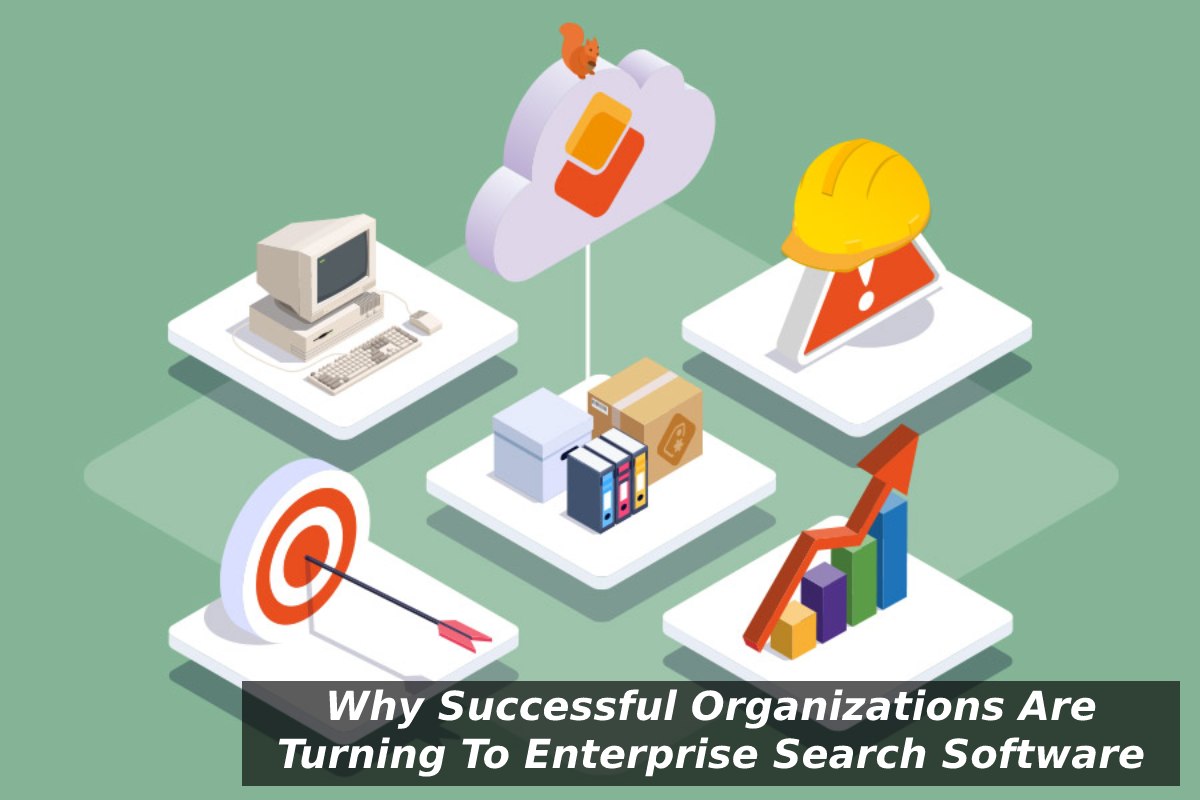Enterprise Search Software – Today’s enterprises have unprecedented amounts of data in several different digital formats. They have information stored in databases, archived as documents, and distributed across email servers, collaboration software, and other tools.
Businesses also face an ever-increasing number of competitors that can quickly adapt to new trends and customer needs.
As a result, companies must find ways to increase their efficiency when looking for the right data at the right time. That’s where enterprise search software comes in.
Read on to learn why successful organizations are turning to these solutions to overcome their data challenges.
Table of Contents
Storing and Accessing Data Is Getting More Difficult
Businesses create data in a wide variety of formats, from marketing surveys to customer service tickets, and from product designs to financial reports. Employees often have to save data in the format that is easiest for them, which can lead to a fragmented approach that can make storing and accessing data time-consuming and burdensome.
Additionally, data is often stored in multiple systems. For example, a business may have its customer information in a CRM system while orders and inventory are stored in a separate eCommerce platform. Storing data in multiple locations increases the effort required to find the right information at the right time.
To make matters worse, data management is becoming more complex as more and more enterprises adopt digital transformation strategies.
Enterprise search software helps businesses find the information they need faster and more efficiently. These solutions index all relevant data so it can be found very quickly. They use natural language processing capabilities to understand human queries rather than requiring users to input precise word searches or use advanced Boolean operators to narrow results.
Finding the Right Data at the Right Time Is Critical
A recent survey revealed that most employees spend up to two hours each day looking for data. This impacts productivity, creates bottlenecks, and leads to frustration. Finding the information employees need at the right time is critical for businesses to thrive in today’s dynamic environment.
Successful businesses are prioritizing the adoption of enterprise search software. They are doing so to optimize internal operations, reduce time-to-hire for new positions, and increase the impact of their marketing teams.
When employees can quickly locate the data they need, they can spend less time searching and more time taking action. This helps businesses meet critical project timelines, reduce errors, and increase customer satisfaction. It also frees up employees’ time so they can focus on generating higher-quality work.
Better Search Tools Can Increase Efficiency and Productivity
To achieve their business goals, organizations need to excel at finding the right data, quickly and reliably. Successful enterprises are turning to enterprise search software to do exactly that. They are investing in the latest tools to improve the overall user experience with search. This includes improving search results by expanding the number of fields that are indexed.
It can index more sources of data, including employee emails, collaboration platforms, and even phone calls, so employees can quickly find the information they need. It can also present data in a manner that is easy to understand, even for those who are not technologically savvy. This can help employees stay on top of their work, avoid rushing to complete projects, and remain motivated to tackle critical tasks.
It also includes adding a semantic layer to content so users can discover information based on broader concepts rather than individual words or phrases. Such solutions make it easier for employees to find the data they need and complete projects more efficiently.
In Conclusion
As you can see, enterprise search software solutions provide unprecedented access to data. These solutions have evolved from keyword search capabilities to include broader semantic search capabilities. This makes it easier for users to find the information they need, no matter the format in which it is stored.
Additionally, the search capabilities of these solutions have been expanded to include more data sources, such as emails and phone calls. This makes it easier for employees to create new solutions and experiment with different ideas, which can lead to increased innovation.

